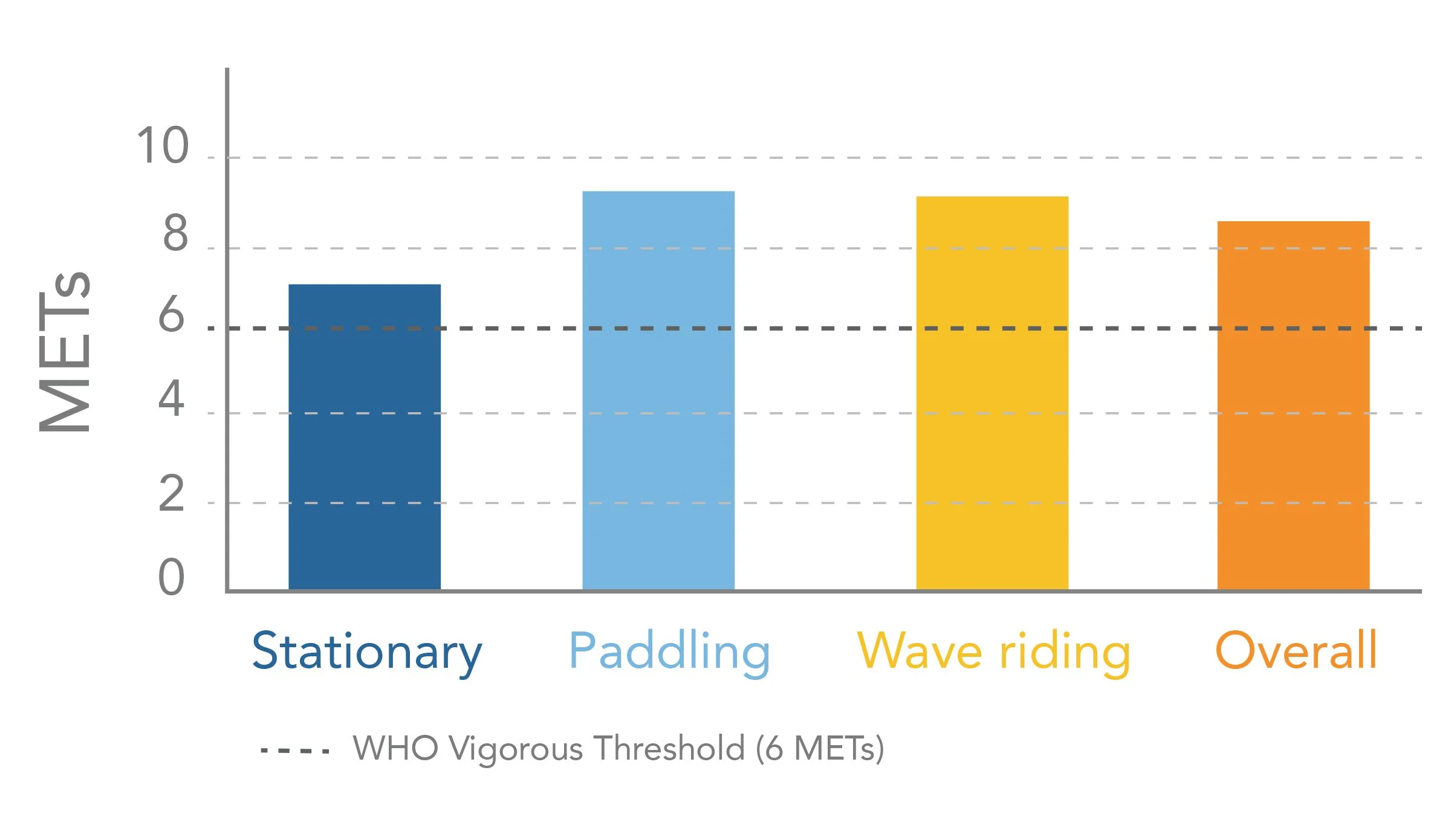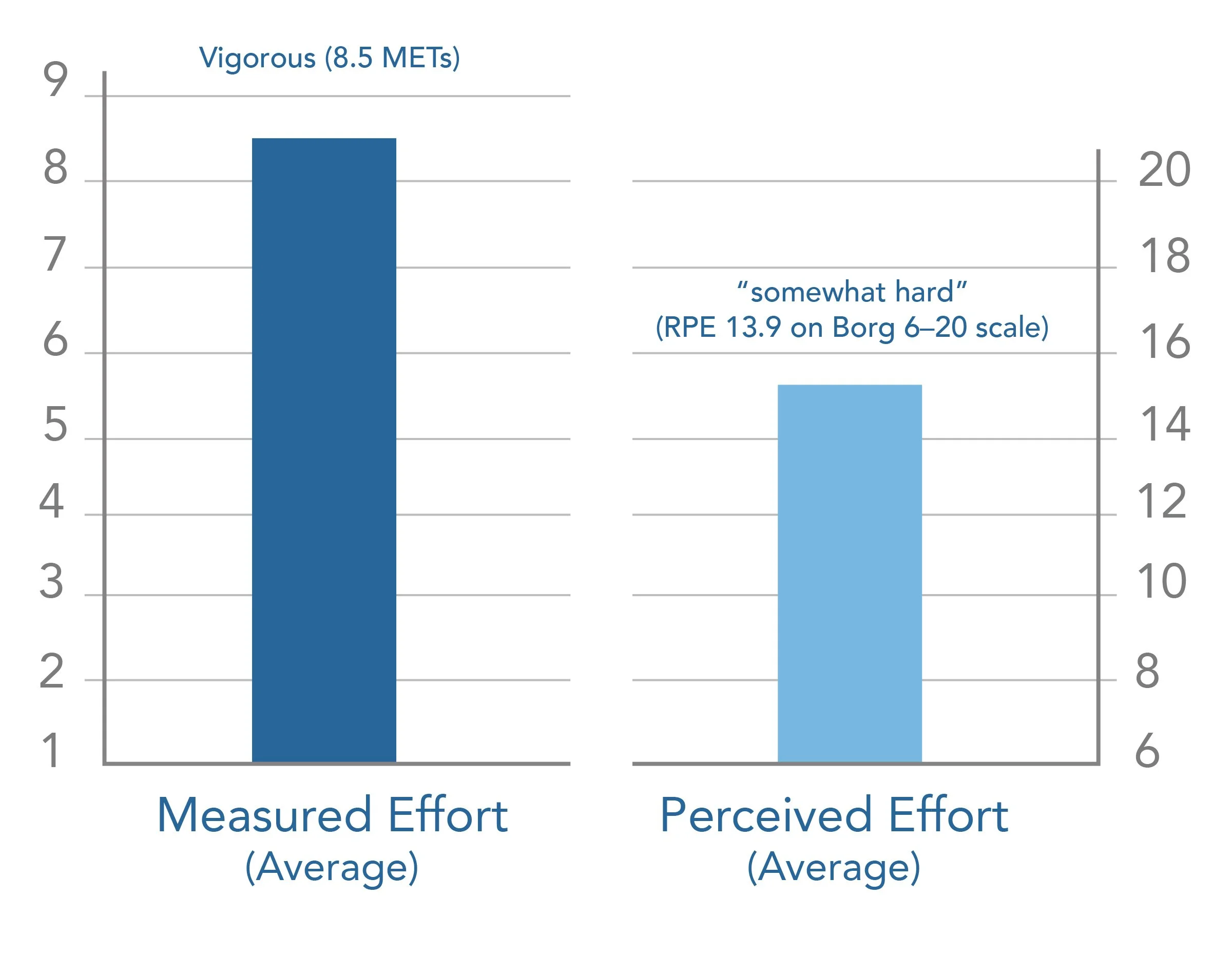
Surfing, Health and the future of Blue Prescribing
BUILDING THE CASE FOR SURFING AS A HEALTH SERVICE
This PhD research project will test and deliver a new way to improve physical and mental health through surfing, designed from the start to inform public health interventions and policy.

What this project is about
This PhD research project investigates whether recreational surfing, delivered in both wave pools and ocean settings, can be established as a safe, measurable, and scalable public health intervention. It brings together science, practice, and policy to provide the evidence needed to make surfing part of national and international health strategies.
OVER THREE PHASES, THE RESEARCH WILL
Measure how surfing compares to other recognised physical activities using heart rate, oxygen uptake, and motion tracking.
Deliver and evaluate a real intervention programme that tracks physical and mental health outcomes over time.
Translate findings into practical guidance for services and commissioners, including policy briefs, cost summaries, and delivery models.

WHY IT MATTERS
Surfing supports physical activity, mental well-being, and connection to nature.
What we know from previous studies
The first controlled wave pool study to measure the physiological intensity of recreational surfing showed that a single session meets World Health Organization (WHO) standards for vigorous physical activity, with participants spending nearly 40% of their time at heart rates known to improve cardiovascular health.
Intensity of Surfing in METs
(Energy Expenditure)
Anything above 6 METs counts as vigorous activity under WHO guidelines. This shows that surfing, even while stationary, consistently delivers vigorous exercise.
Heart Rate Zones Distribution
Time above 85% of maximum heart rate: 40% of the session
Surfers spend a large part of the session at intensities linked with cardiovascular improvement, similar to interval training.
Session Composition
(Where Surfers Spent their Time)
Most of the session is spent paddling, which is where most of the health benefits come from, not just the short rides on the wave.
External Load
(Session Characteristics)
Surfers paddle almost as much as they ride, highlighting the unseen effort behind each wave.
Perceived Exertion vs.
Actual Intensity
Surfers don’t feel how hard their bodies are working, likely because surfing is enjoyable. This makes it a sustainable way to reach health benefits without feeling like hard exercise.
This early evidence highlights both opportunity and urgency. Surfing can deliver measurable public health benefits, but without a broader evidence base it cannot yet be scaled or integrated into policy. The PhD takes this forward, expanding the data across ocean and wave pool settings, linking it to mental health and economic outcomes, and producing the guidance that health systems and funders need to invest with confidence.
How your contribution moves the project forward
Support from donors and partners will launch this PhD at Edinburgh Napier University and ensure each phase is delivered with quality and transparency.
YOUR SUPPORT DIRECTLY FUNDS:
Phase 1: measuring the physiological demands of surfing in controlled and natural environments.
Phase 2: delivering a structured intervention and tracking physical and mental health outcomes.
Economic evaluation: assessing cost-effectiveness and value to health systems.
Phase 3: producing policy briefs, delivery guidance, and a commissioning toolkit.
Public reporting: sharing results with the NHS, surf and sport partners, and global health audiences.
Open access: publishing updates, tools, and methods through a shared data room











